
Potential Of The Internet
As the 'dot com' business world's first flush of enthusiasm for the Internet fades, is a deeper understanding of the web's greater potential about to emerge? Dave Shapton speculates.
To find the exact phrase, put the words in quotes or join them together with a plus sign e.g. live+recording or "live recording".
To find, say, all live recording articles that mention Avid, enter: live+recording +avid - and use sidebar filters to narrow down searches further.

As the 'dot com' business world's first flush of enthusiasm for the Internet fades, is a deeper understanding of the web's greater potential about to emerge? Dave Shapton speculates.

The latest in Emu's range of style-specific sound modules is bright purple, stuffed with 32Mb of 'street' sounds, and bristling with urban attitude. Paul Farrer takes a closer look.

Arturia caught our attention with Storm, the virtual studio suite, but of late they have diversified into emulating classic hardware instruments. So how do they fare in their attempt to capture the mighty Minimoog in software?
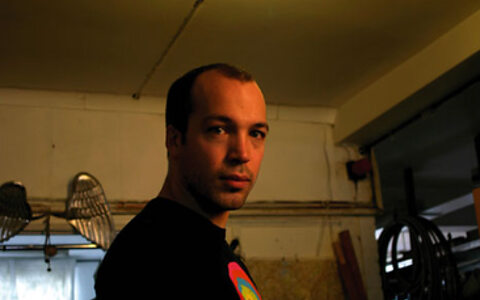

Having looked at the mechanics of how a bowed string instrument generates its sound last month, it's time to put these principles into practice, using nothing more complex than a miniKorg 700 monophonic synth...

At first sight, Cakewalk's new virtual studio suite might seem like a Reason clone — but it's actually a highly individual product, which offers a new and unique approach to creating music from patterns, sequences and loops.

Producer Stuart Epps began his music business career in 1967 at Dick James Music before going on to work with Gus Dudgeon, Elton John, Jimmy Page, Chris Rea and other top names. He now runs his own commercial studio, situated in the old Mill Studio complex, and is working on a number of projects, including one with Bill Wyman. Here he explains why he preferes 'live' music to almost anything else...
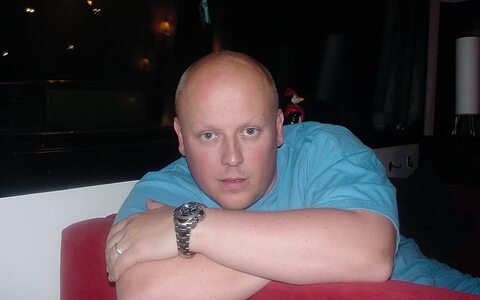
In recent years, Dublin has become one of Europe's hottest centres for pop production, and Biffco Productions are one of the top hitmaking teams who've made their home there.

In the penultimate part of his series on synthesizer technology, Paul Wiffen turns his attention to the problem of emulating acoustic instruments in which the sound is produced by a string or reed, and amplified and modified by the body of the instrument.

It was 1973 and everyone was playing Minimoogs, and ARP Odysseys. So why did the Keio ORGan company produce a little synthesizer with the most unorthodox controls imaginable, call it the MiniKORG 700, and try to convince the keyboard cognoscenti that it was worth buying? Gordon Reid explains...

Sound On Sound caught up with M People's Paul Heard, before the band headed off on their European tour. Christopher Holder puts aside his preconceptions to learn about songwriting, production, musicianship and family sedans.

The Virus TI promises to bridge the divide between hardware and software instruments, and create a world of Total Integration, while still offering the classic Virus sound. Is it a hard reality, or have Access gone totally soft?
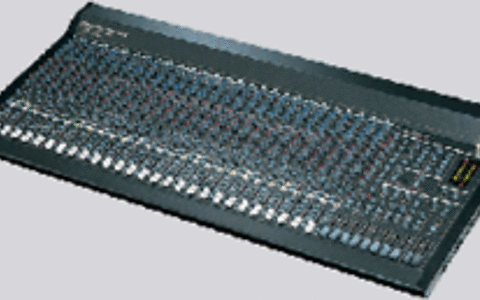
What exactly is a modular synth? How slow is a slow release? How can I wire my 32:8:2 analogue desk to a 16-track recorder? How can I compensate for a lack of phase-reversal and EQ bypass controls on my mixer? Why do some bass notes have more 'punch' than others? Is there a problem with inputs on the Roland VS2480? Should I buy a DI box or a channel strip? Should EQ or compression be applied first? What is the advantage of recording with a higher resolution, as opposed to a higher sampling rate? Can I run V-Producer via OMS?

Following our success at synthesizing the sound of analogue string machines, we hone our techniques with a view to recreating the sound of the real thing...
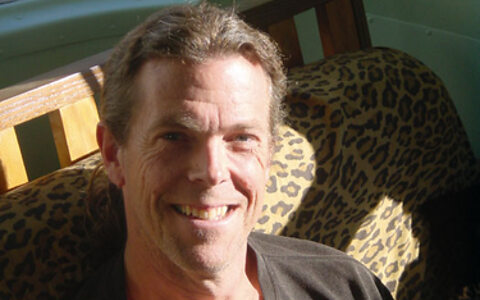
Since Bill Putnam's sons founded Universal Audio anew, the company have become well known for software emulations of old gear, as well as for their hardware recreations of vintage classics. We find out how they go about it...
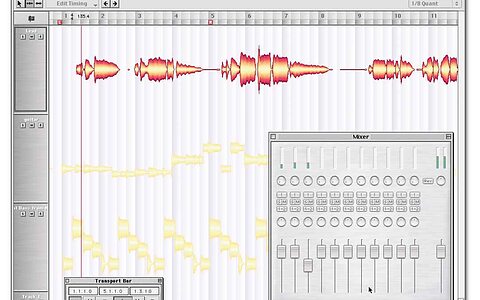
Few recent software products have stirred as much interest as Melodyne - a program offering unique pitch, time and formant-processing features, which was created not by one of the major music developers but by a maverick Bavarian musician and his software-designer friend.

Producer Paul Staveley O'Duffy has strong opinions on how the music business can be improved. Here he puts the case for a more flexible approach to the record industry — one that would expand the boundaries of what the public gets to hear...

Roland's Jupiter family yielded one or two shining examples of what an analogue polysynth should be.

Richard Buskin talks with two of Sweden's hottest writer-producers about their ongoing work as part of the Murlyn Music Group, including recent hit recordings by Jennifer Lopez, Samantha Mumba and Jessica Simpson.

If you are tempted to go and make a cup of tea in the gap between pressing a note on your keyboard and hearing it play on your soft synth, you need help! Read on...